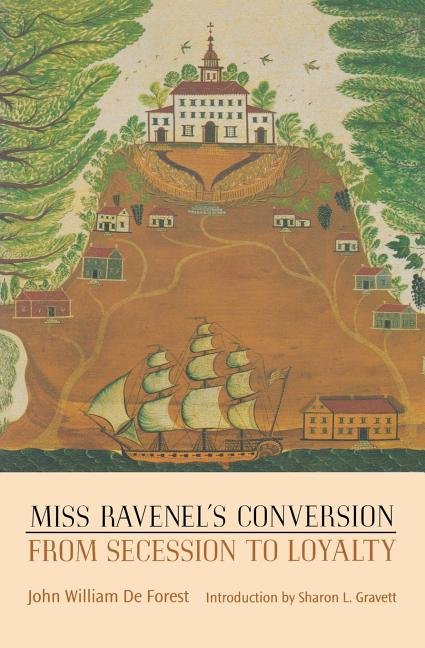The American Civil War & Reconstruction
Whistlestop Bookshop’s first store opened in Gettysburg in 1985. Eventually, over 19 years there, our Civil War section grew to be three large wall cases. A disproportionate percentage of it, naturally, was about the battle of Gettysburg and biographies of those who fought there. In addition to this book selling experience, my southern upbringing and Army family life created a lifelong interest in the War Between the States and all of its complexities. It is an understandable national obsession, considering how the first half of our nation’s history contributed to its ferocity, and the second half of our history has been the struggle to live with and understand the consequences.
Miss Ravenel's Conversion from Secession to Loyalty
Miss Ravenel's Conversion from Secession to Loyalty
Miss Ravenel's Conversion is important in American literary history as the first novel to depict the Civil War with realism. Its battlefield scenes owe much to John De Forest's own experience as a captain in that conflict. But in 1867 genteel readers were affronted by De Forest's frank view of war and sex. Though praised by William Dean Howells, the novel was forgotten after De Forest's death in 1906. It was later rediscovered by Van Wyck Brooks and other critics. Modern readers will enjoy this story of a southern woman who comes to New Boston with her father in 1861, opposes his views on secession and abolition, and is changed forever by the great war. Some critics have called the charming Lillie Ravenel the first realistic heroine in American fiction. John W. De Forest's best-known novel is introduced by Sharon L. Gravett, an associate professor of English at Valdosta State University.

